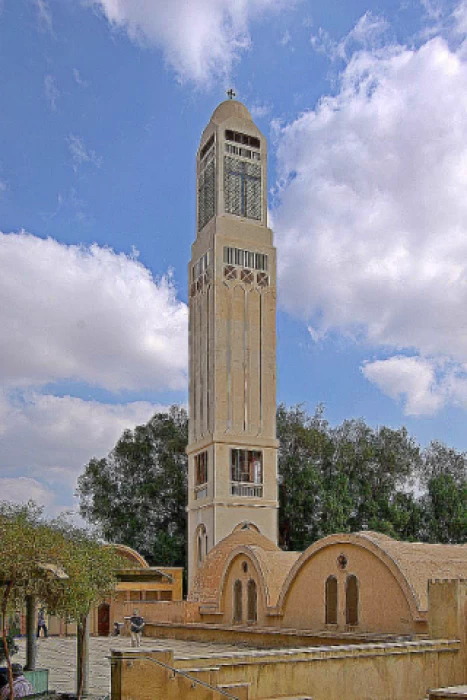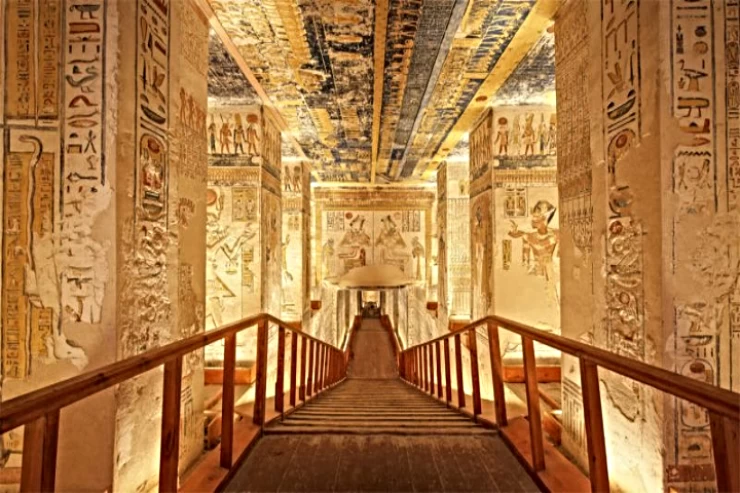
St. Macarius Monastery
St. Macarius Monastery
The Monastery of Saint Macarius (Deir Abou-Maqar, or Deir Anba Maqar) is an important Coptic Orthodox monastery located in the desert region of Wadi Al-Natroune, just over 90 km north of Cairo. In 1969, at the request of the Patriarch of Alexandria, Pope Cyril VI, the monastery was renovated under the leadership of the monk Matta Al-Maskine.
The monastery was built in the 4th century AD to protect the monks and religious from the Berber hordes. It has 500 hectares of land, cultivated by 700 people. The monks number 130, including pharmacists, doctors and engineers. Inside the Coptic church are the relics of John the Baptist and Elisha the prophet.
There are three sanctuaries. The first has obvious Fatimid influences and is dedicated to St John the Baptist and St Mark, while the second is dedicated to the patriarch Benjamin. Both of these sanctuaries have remarkable painted decorations, and the second houses rare representations of the ‘Tetramorph’ - the four winged animals in Ezekiel's vision, symbolising Christ and the four Gospels - painted on wood in the 7th century. The third concerns the three Macarius. The building houses the relics of Saint Macarius the Great, Saint Macarius of Alexandria and Bishop Macarius.















